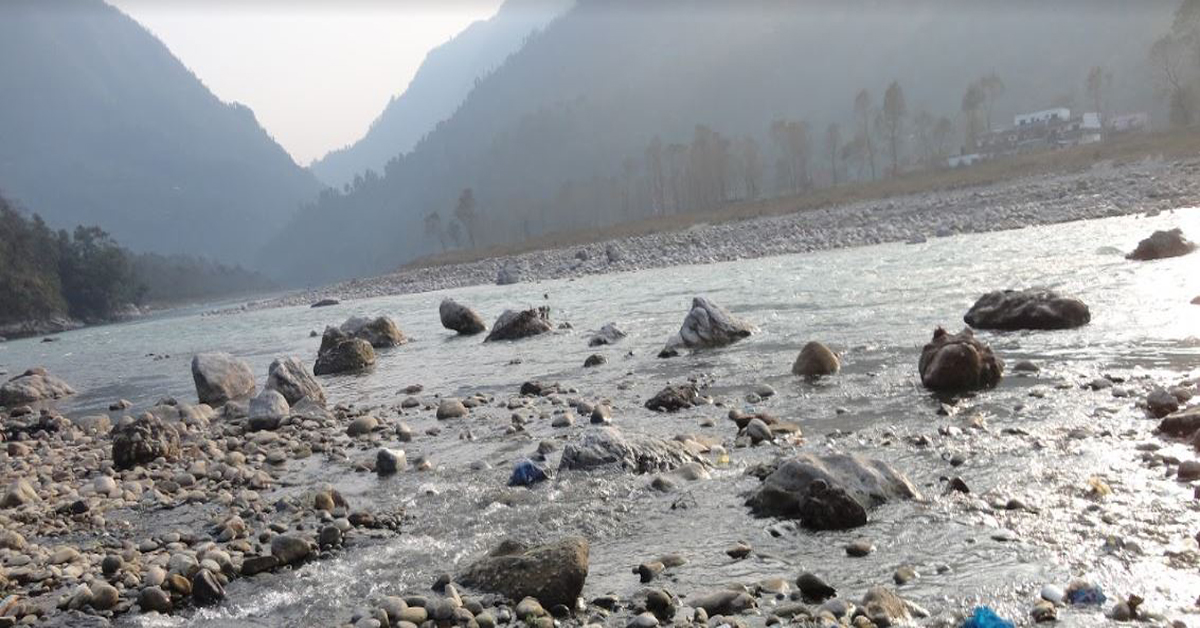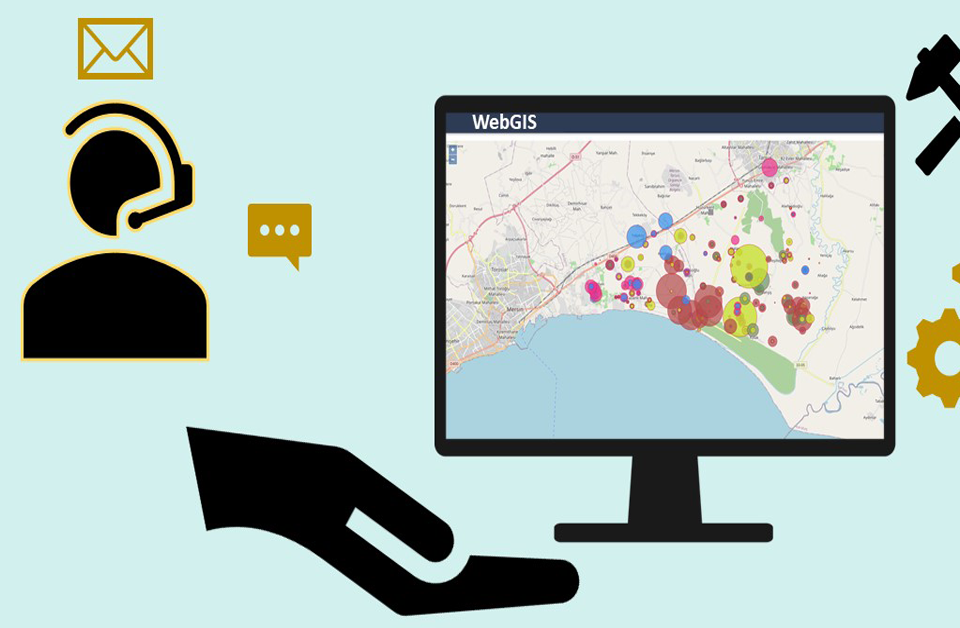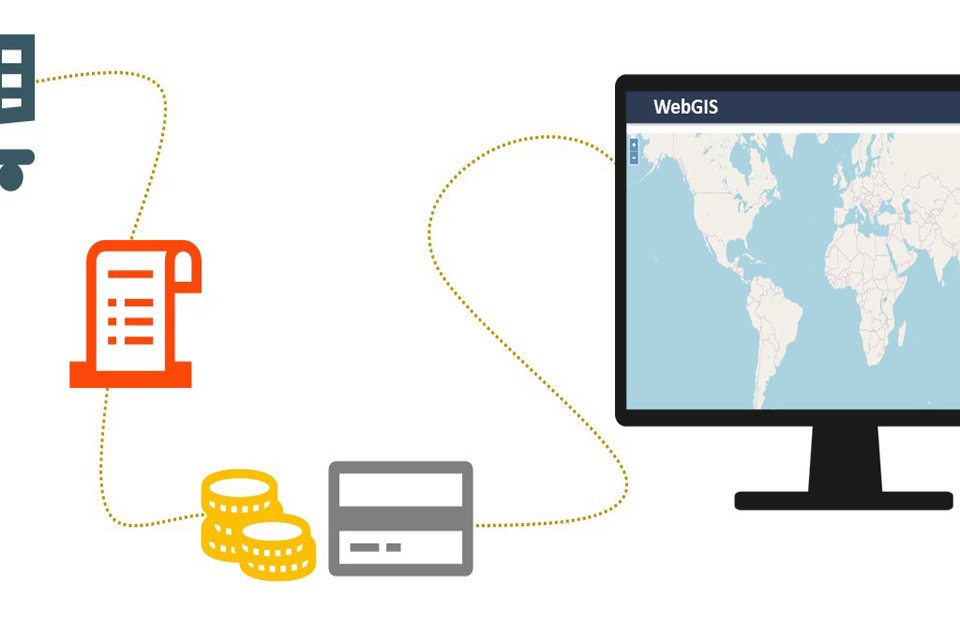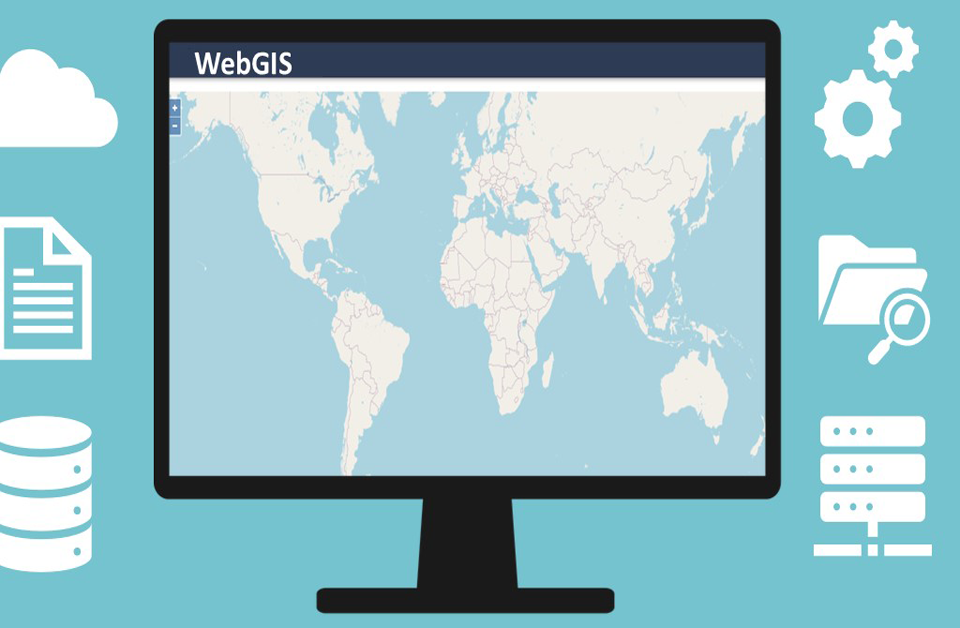Use of GIS in Natural Resource Management

Geospatial Intelligence and the GIS
May 10, 2018
What is Geofencing Marketing?
March 23, 2020GIS (Geographical Information System) is mainly used for mapping processes. GIS is a computer-based information system that is aimed at collecting, storing, manipulating, analyzing, organizing, managing, summarizing and displaying all types of geographical data. GIS has a wide range of application. It is equally important in natural resource management. The GIS in Natural resource Management is a resourceful technique in measuring natural resource assets. The GIS in Natural resource Management identifies the human impacts on natural resource and support for the utilization of natural resources. Firstly the data are collected from the land cover, vegetation, soil and geology which are the parts of natural resources and then they are mapped using GIS technology. These data are collected using remote sense technique through aerial photographs or satellite image for study.
-
Application of GIS in natural resource management
The major application of GIS in natural resource management is in confronting environmental issues like flood, landslide, soil erosions, drought, earthquake etc. GIS in natural resource management also addresses the current problems of climate change, habitat loss, population growth, pollution etc. The solution to these problems is the application of GIS in natural resource management. Yes, introduction to GIS has solved many problems related to the natural environment. GIS is a powerful tool that is used in the management of natural resources. Some applications of GIS in major fields are discussed below:
-
Hazard and risk assessment
GIS in natural resource management is used in the reduction of a natural hazard such as flood, landslide, soil erosion, forest fires, earthquake, drought etc. One cannot totally stop these natural disasters but can minimize these warnings by early planning, preparation, and strategies. GIS in natural resource management is being used in analyzing, organizing, managing and monitoring the natural hazards. GIS in natural resource management provides spatial data of the disasters that have taken place before or might to occur so that early risk can be prevented. It is indicated through the GIS-based map.
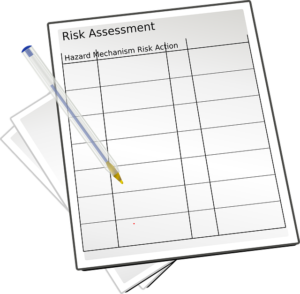
Risk Assessment
-
Change detection
GIS in natural resource management provides information about land area change between time periods. The land change documents detected through satellite imagery or aerial photographs. It is a useful application in land change, deforestation assessment, urbanization, habitat fragmentation etc. The information obtained from GIS in natural resource management help to study the specific area and monitoring can be done in and around the area. It is a way of studying the variations taking place in the landscape and managing the environment.
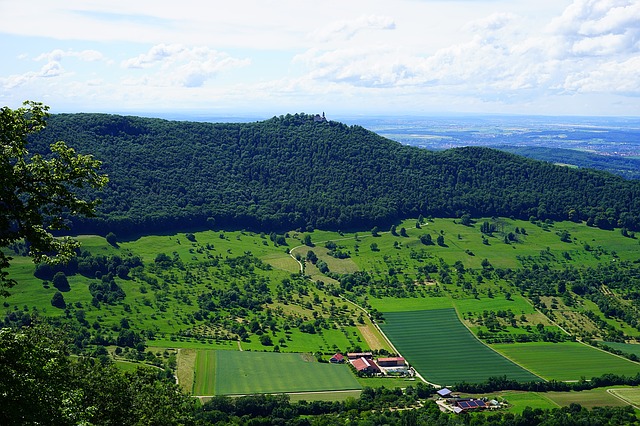
Change detection in land use
-
Natural resource inventory
Natural resource inventory is a statistical survey of the condition of natural resources. It provides relevant information about the environmental condition and policy including conservation program that is obtained through GIS in natural resource management. The information through maps in GIS provides information about the location and current resources.

Forest Inventory
-
Environmental Monitoring
GIS in natural resource management provides graphical data that helps in monitoring the environment. It determines the qualitative and quantitative data about environmental issues such as pollution, land degradation, soil erosions etc. GIS in natural resource management detects these problems and predicts future hazards. Thus, GIS in natural resource management monitors all these environmental problems.
GIS application in Natural Resource Management
- GIS helps in the management of land providing resourceful data in doing construction works or any agricultural works. It selects a suitable site before any change is done.
- GIS in natural resource management is conserving a wide range of biodiversity by the pre-information obtained through it. Many biological habitats are protected and further planning for the protection of flora and fauna is promoted.
- GIS in natural resource management provides hydrological data for the analysis of watershed management and Watershed analysis.
- GIS in water resource management is now extended in the use of mineral exploration in various developed countries like the USA, Canada, and Australia.
Further applications are briefly pointed as below:
- Facility management
- Topographic analysis
- Network analysis
- Transportation modelling
- Engineering design
- Demographic analysis
- Geo process modelling
Conclusion
Therefore, GIS is a suitable technology for the understanding of natural resource management. It is an effective technique to learn the factors affecting the environment including its result and execution. The geospatial data taken through this GIS meet the sustainable use of natural resources. Thus, GIS in natural resource management guides in managing the resources properly and wisely in the present and future generation. In addition, GIS in natural resource management helps in the management of natural resources effectively and efficiently.
Contact us for more information.

